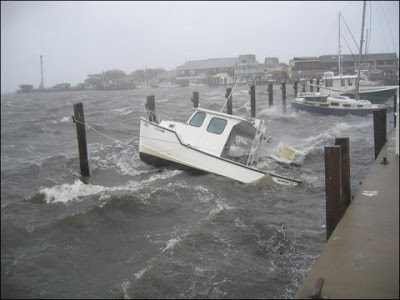
The electronic measurement device will be pulled behind a sled on the ice.

Scientists will walk across 2,000 kilometers of the Arctic to measure the thickness of the polar ice cap
Elevation :: 33 ft / 10 m
Temperature :: 30 °F / -1 °C
Conditions :: Overcast
Humidity :: 93%
Dew Point :: 28 °F / -2 °C
Wind :: 5 mph / 7 km/h / 2.1 m/s from the NNW
Pressure :: 30.02 in / 1016 hPa (Steady)
Windchill :: 25 °F / -4 °C
Visibility :: 10.0 miles / 16.1 kilometers
UV :: 0 out of 16
Clouds:
Mostly Cloudy 2700 ft / 822 m
Mostly Cloudy 3700 ft / 1127 m
Overcast 4700 ft / 1432 m
(Above Ground Level)
Arctic Ice Survey Announced (click title to entry, thank you)
By Paul Sisco Washington31 October 2007
Watch Arctic Ice report / Windows Broadband - download
Watch Arctic Ice report / Windows Broadband
Watch Arctic Ice report / Windows Dialup - download
Watch Arctic Ice report / Windows Dialup
A team of British explorers has announced they are going to the North Pole to measure the ice cap's thickness. The expedition, a collaboration of Cambridge University in Britain and a U.S. Navy oceanography school, will take ground-based readings of an ice formation most scientists agree is shrinking at an alarming rate. VOA's Paul Sisco has more.
Explorer Pen Hadow's three-member team will pull a sled-mounted radar device 2,000 kilometers across the Arctic. The device measures ice density every eight centimeters, and will produce millions of readings.
They leave in February and will face temperatures of minus 50 degrees Celsius on the journey that will take up to 120 days. They have been testing their gear in Britain and Canada.
Hadow is excited about the prospects, "For the first time we will be able to transmit video images -- webcam footage of the expedition -- as it unfolds so people can track us, and the whole idea is to engage as many people as we can in what we're doing."
New fallen snow on top of the ice makes ground-based measurements more accurate than satellite data.
The electronic measurement device will be pulled behind a sled on the iceIt has been in the planning stage for a while, said Hadow. "Well, we spent the last two years developing impulse radar, which normally is about 100 kilograms and suspended under an aircraft and so on. We've managed to get it down to about four kilograms in weight. It's the size of a briefcase and we are literally dragging it behind the sled as we go."
Explorer Ann Daniels, who is a member of the expedition, says, "We will have to cover between 15 to 20 kilometers a day, and it will be my job to navigate us through the myriad of pressure ridges, open water, thin ice, and actually find a path of least resistance through this really, really difficult terrain."
The ice cap shrank enough in 2007 that a pathway through the cap known as the Northwest Passage opened up during the melting of the Arctic summer.
Cambridge University's Joao Rodrigues explains. "Thickness of the ice cap will determine how much solar radiation will be reflected, and it will determine also the heat exchanges between the ocean and the atmosphere and it is thus a vital component of climate models."
If warming trends continue, some experts predict the Arctic Ocean could be ice free during the summer within a few decades.

